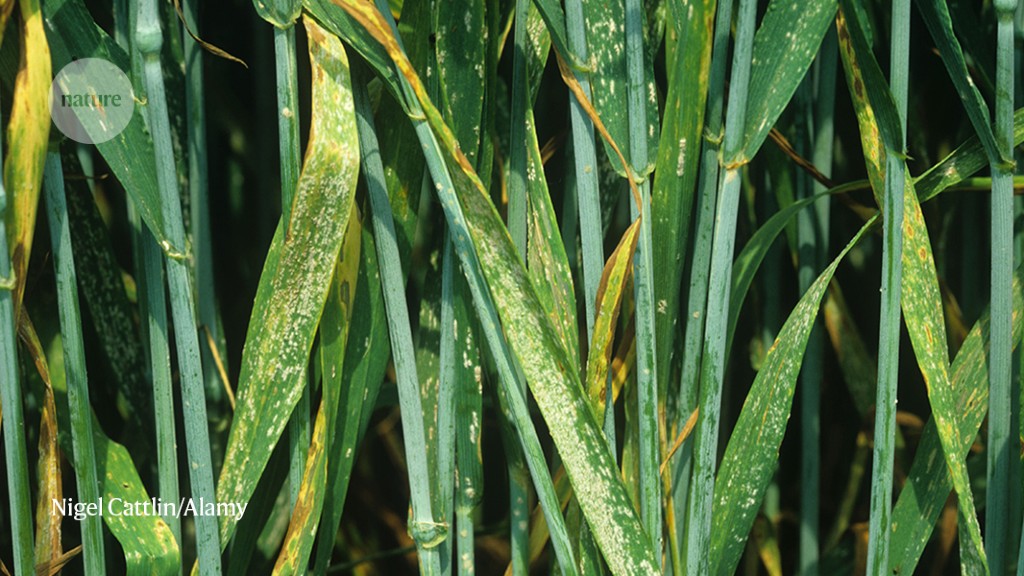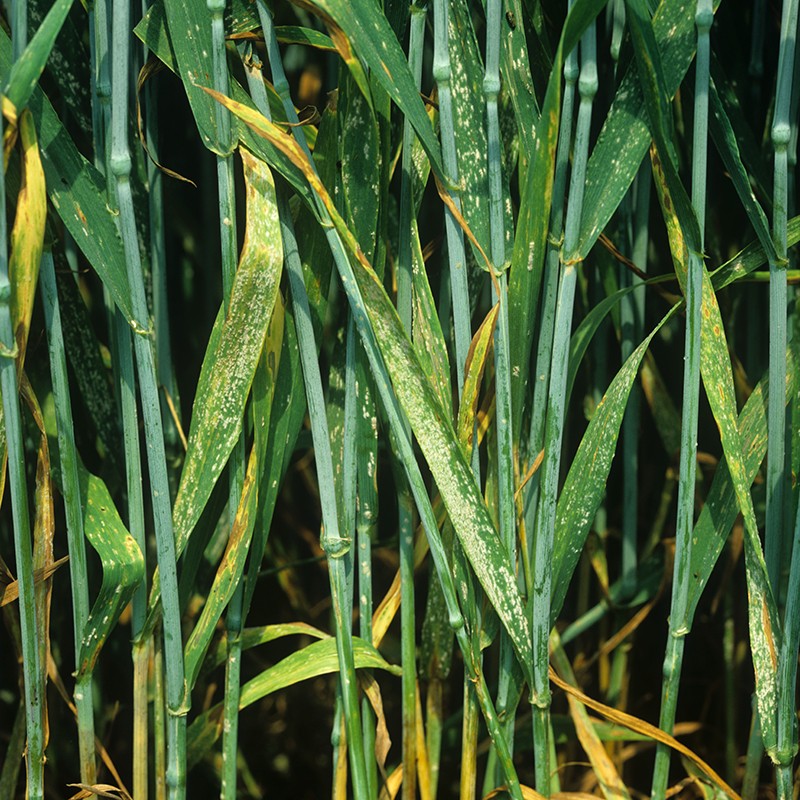Researchers in China are excited by their government’s approval of gene-edited crops, which they say clears the way for the plants’ use in agriculture and should boost research into varieties that are tastier, pest-resistant and better adapted to a warming world.
Since China’s agriculture ministry released preliminary guidelines on 24 January, researchers have been hurrying to submit applications for the use of their gene-edited crops. These include the development of wheat varieties resistant to a fungal disease called powdery mildew, which are described in a paper in Nature this week1.
“This is very good news for us. It really opens the door for commercialization,” says plant biologist Caixia Gao at the Chinese Academy of Sciences’ Institute of Genetics and Developmental Biology in Beijing, who is a co-author of the paper.
“The decision is a big step forward for China,” and will take research from theory into the field, says Jin-Soo Kim, who heads the Center for Genome Engineering at the Institute for Basic Science in Daejeon, South Korea.
China’s new rules are more conservative than those in the United States — which does not regulate gene-edited crops that incorporate small changes similar to those that could occur naturally — but are more lenient than the tough European Union stance of treating all gene-edited crops as genetically modified (GM) organisms.
No foreign genes
Gene-edited crops are developed using technologies such as CRISPR–Cas9 that can make small tweaks to DNA sequences. They differ from crops obtained by genetic modification because this typically involves the insertion of entire genes or DNA sequences from other plant or animal species. However, until now, in China they have come under the same legislation as that covering GM organisms.
Currently, it can take up to six years to get biosafety approval for a GM crop in China. But researchers say the new guidelines — which lay out the process for receiving a biosafety certificate for gene-edited crops — could reduce the approval time to one to two years.
GM crops require extensive, large-scale field trials before they are approved for use. The new guidelines stipulate that, for gene-edited crops deemed to pose no environmental or food-safety risks, developers need only provide laboratory data and conduct small-scale field trials.
However, researchers say that some of the guidelines are ambiguous. They apply to crops in which gene-editing technology is used to remove genes or make single-nucleotide changes, but it is not clear whether they also apply to crops that have had DNA sequences introduced from other varieties of the same species.
“We will have to confirm whether these are allowed,” because it is important to have clarity around the rules, says Chengcai Chu, a rice geneticist at South China Agricultural University in Guangzhou.
Already, researchers are planning to focus more of their work on developing new crops that will be valuable to farmers. For example, Jian-Kang Zhu, a plant molecular biologist at the Southern University of Science and Technology in Shenzhen, says he wants to develop gene-edited varieties that have increased yields, resilience against climate change and a better response to fertilizer.
Others are preparing applications for rice that is particularly aromatic, and soya bean that has a high content of oleic fatty acids, which could produce oil low in saturated fats.
Resistance and growth
Gao’s powdery mildew-resistant wheat could be one of the first to be approved. In 2014, she and her team used gene editing to knock out a gene that make wheat susceptible to the fungal disease, but found that these changes also stunted the plant’s growth2. However, one of their edited plants grew normally, and the researchers found that this was due to deletion of a portion of chromosome that meant the expression of a gene involved in sugar production was not repressed.
Since then, the researchers have been able to remove that same portion of the chromosome, in addition to the gene that makes the plant susceptible to powdery mildew, creating fungus-resistant wheat varieties that don’t suffer from restricted growth.
“This is a very comprehensive and beautifully done piece of work,” says Yinong Yang, a plant biologist at Pennsylvania State University in University Park. It also has broad implications for almost all flowering plants, he says, because powdery mildew can infect some 10,000 plant species.
“It is really exciting work,” adds David Jackson, a plant geneticist at Cold Spring Harbor Laboratory in New York, although he cautions that the data on how well the wheat grew were based on relatively few plants largely grown in greenhouses and will need to be confirmed with larger field trials.
Studies such as this are evidence of China’s strong track record of research into gene-edited crops, and the new regulations “are set to see China take full advantage of their academic lead”, says Penny Hundleby, a plant scientist at the John Innes Centre in Norwich, UK.





More News
Audio long read: How does ChatGPT ‘think’? Psychology and neuroscience crack open AI large language models
Ozempic keeps wowing: trial data show benefits for kidney disease
What steps to take when funding starts to run out